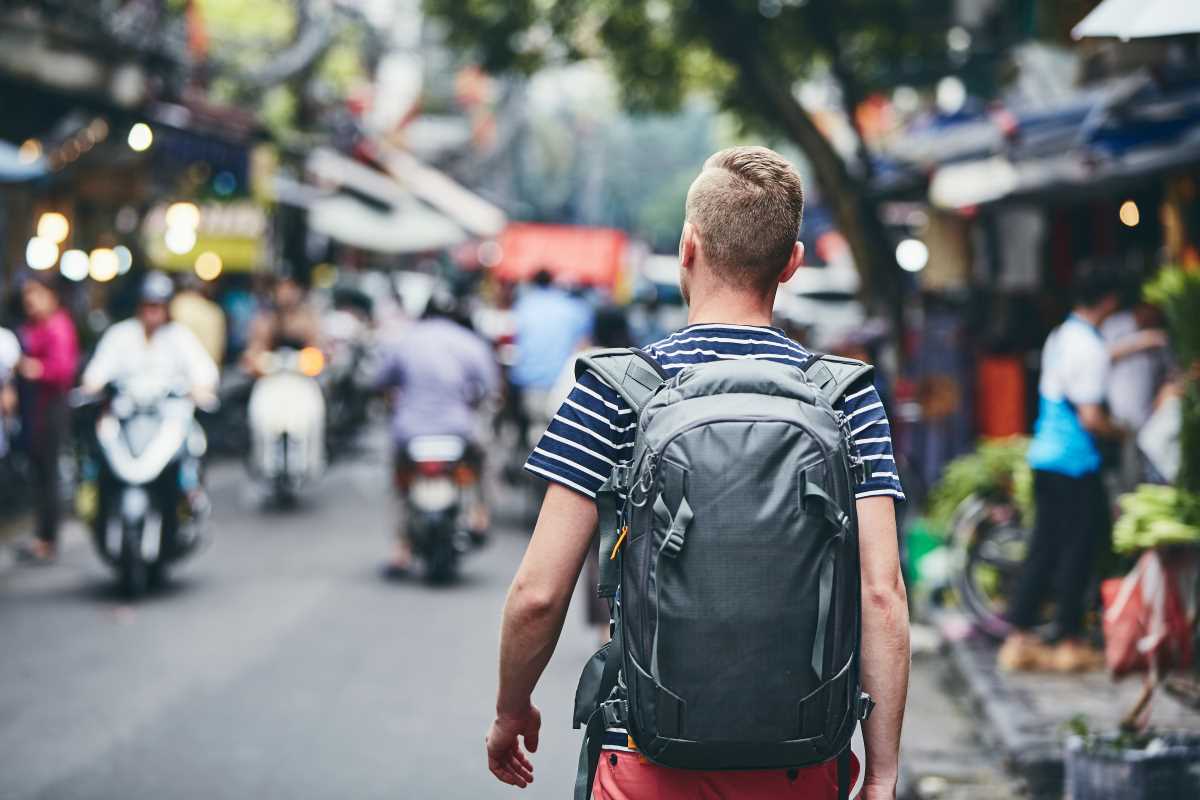Planning a group trip can be an exciting but complex process. Whether it’s a family reunion, a getaway with friends, or a team retreat, there’s nothing like experiencing new destinations together. But with group travel comes a unique set of challenges—from coordinating schedules to managing logistics. One area you don’t want to overlook? Travel insurance.
When multiple people are involved, the risks multiply. Flights get canceled, luggage gets lost, and medical emergencies can crop up at any time. That’s where travel insurance tailored to group trips can save the day. This guide breaks down what you need to know about travel insurance for group adventures, including the types of coverage available, how to choose the right policy, and tips for navigating the fine print.
Why Travel Insurance Matters for Group Trips
Group trips bring a lot of moving parts, and when something goes off track, it can affect everyone. That's why travel insurance is so essential. A group policy can protect every traveler from various unexpected setbacks and ensure the trip goes as smoothly as possible. Here’s why it’s crucial:
- Shared Costs, Shared Risks
- Group trips typically involve significant upfront expenses, particularly when it comes to booking accommodations, tours, or transportation. If one person cancels last-minute due to an emergency, the entire group's costs could be impacted. Travel insurance can help recover those non-refundable expenses.
- Coverage for Medical Emergencies
- Traveling with multiple people means there's simply a greater chance someone could get sick or injured. Group travel insurance ensures everyone has access to emergency medical care, whether you're skiing in the Alps or exploring remote beaches.
- Lost or Delayed Luggage
- Coordinating luggage for a group can be chaotic, and larger groups increase the chances of lost or delayed bags. With travel insurance, you can cover replacement costs for essentials like clothing or toiletries while you wait for the bags to arrive.
- Flexibility for Unpredictable Changes
- From sudden schedule shifts to weather disruptions, group itineraries can be unpredictable. Travel insurance provides a safety net so everyone can adapt without financial strain.
Now that we’ve established why travel insurance is important for group trips, let's look at the types of coverage you should consider.
What Types of Coverage Should You Look For?
Travel insurance policies for group trips typically include a mix of standard and optional coverage. Here are the key types to watch for when evaluating your options:
1. Trip Cancellation and Interruption Insurance
This is a must-have for group travel. If someone in your group has to cancel for a covered reason (like illness, injury, or a family emergency), this coverage can reimburse non-refundable costs. It also helps if the trip gets interrupted halfway through, covering expenses like return flights home.
2. Medical and Emergency Assistance
Accidents happen, and when they occur far from home, things can get expensive fast. Medical coverage helps with emergency treatments or hospital visits, and evacuation insurance ensures you can be transported to the nearest suitable facility, if necessary.
3. Baggage and Personal Belongings Coverage
Imagine this scenario: half the group's luggage doesn't show up at the destination airport. This is more common than you’d think. With baggage coverage, you’ll be compensated for lost, delayed, or stolen items, so no one has to go without essentials.
4. Group-Specific Travel Insurance
Some insurers offer policies designed specifically for groups. These plans often come with discounts for larger groups and simplified administration, with coverage for everyone consolidated into one policy rather than separate individual plans.
5. Activity-Specific Coverage
If your group is undertaking adventurous activities, like skiing, scuba diving, or zip-lining, you’ll want to make sure your policy includes coverage for these activities. Some standard travel insurance plans exclude high-risk activities unless you add a specific rider.
6. COVID-19 Coverage
Many travel insurance providers now offer COVID-19-related coverage, including trip cancellation due to illness or quarantine requirements. If anyone in the group tests positive, this coverage can help manage the fallout.
How Group Policies Differ from Individual Plans
While individual travel insurance often works for solo trips or small families, group policies are more efficient for larger parties. Here’s how they differ and why a group policy might suit you better:
- Cost-Effective
- Group travel insurance policies often come with discounted rates that can be more affordable per person compared to purchasing individual plans.
- Simplified Management
- Instead of managing multiple policies, you’ll have one comprehensive plan that covers everyone, making it easier to keep track of coverage and claims if needed.
- Customizable for Group Needs
- Group policies can often be tailored to align with the specific activities and destinations of your trip, ensuring each traveler has the coverage they need.
Tips for Choosing the Right Policy
Not all travel insurance policies are created equal, especially for group trips. Here’s how to pick the coverage that fits your group’s needs perfectly:
1. Assess Your Group’s Needs
Consider the following questions to identify the right coverage:
- What activities are planned?
- Are there any specific health concerns among group members?
- How much of the trip’s cost is non-refundable?
A group of backpackers may need very different coverage compared to a corporate retreat or a multigenerational family vacation.
2. Compare Providers
Don’t settle for the first policy you come across. Compare quotes and read reviews from multiple insurers. Look out for providers specializing in group travel insurance, as they often offer better deals and more relevant coverage options.
3. Understand Exclusions and Limits
The fine print matters. Exclusions might mean certain high-risk activities, like skydiving or bungee jumping, aren’t covered unless you add them specifically. Pay attention to coverage limits for items like electronics or medical care.
4. Keep Everyone Informed
Make sure all group members are aware of the details of the policy. Share a summary that outlines what is covered, how to file claims, and any critical exclusions.
5. Use an Agent if Needed
If your group’s travel plans are complex, consider working with an insurance agent who can customize the coverage and make sure you don’t miss anything important.
Final Preparations for a Smooth Trip
Travel insurance is just one piece of the puzzle when preparing for a group adventure. Use these additional tips to make the experience as seamless as possible:
- Make a Group Packing List - To avoid duplicate essentials or forgotten items, create a shared packing list that everyone can check off.
- Share Itineraries - Ensure each group member has access to a copy of the travel itinerary, as well as emergency contact information and insurance details.
- Stay Flexible - Even with the best planning, unexpected hiccups can arise. Stay adaptable and lean on your travel insurance to handle the bumps along the way.
Travel insurance for group trips shouldn’t be an afterthought. The right coverage can save your group time, stress, and money if something goes wrong. By understanding the unique risks of group travel, choosing the right policy, and keeping everyone informed, you’ll lay the foundation for a stress-free and enjoyable trip.
 (Image via
(Image via





